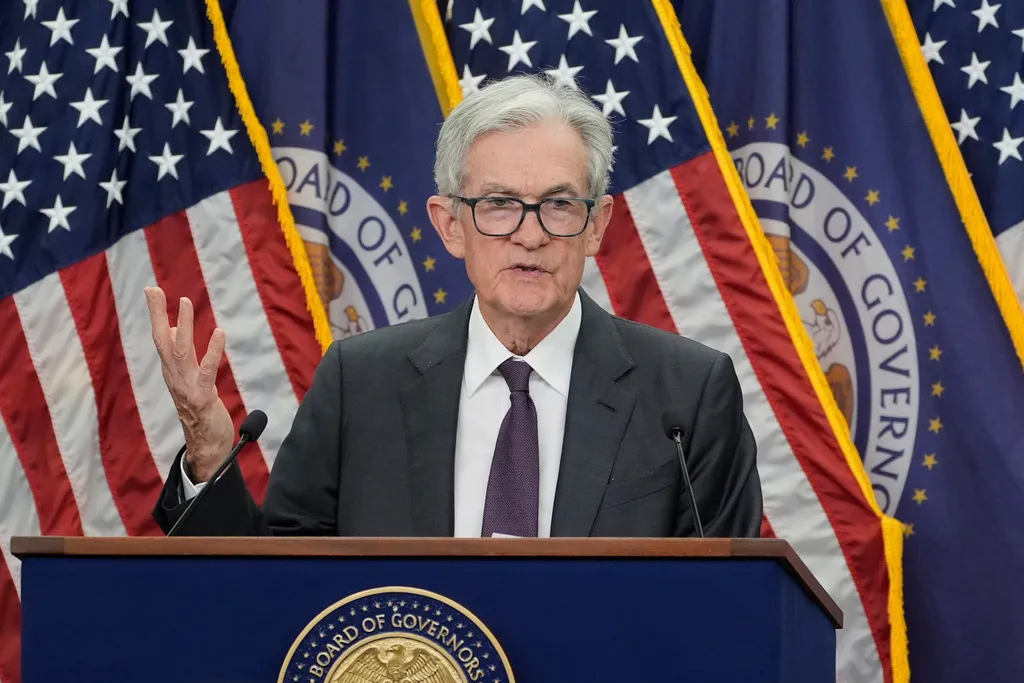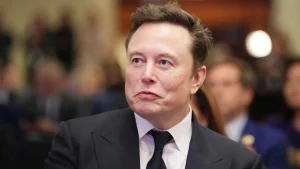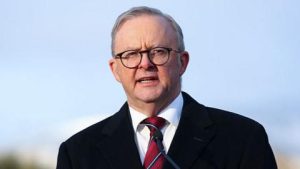Plenty of President Trump’s recent acts as president are making headlines, but there has also been a steady stream of stories about something he hasn’t done: Remove Jerome Powell as chair of the Federal Reserve.
The two previous Fed chairs, Ben Bernanke and Janet Yellen, have warned that such a move would upset financial markets and hurt the economy by subverting monetary policy to political whim. Meanwhile, Trump backers are urging him on.
The good news for Americans is that both Trump’s desire to remove Powell and the concerns of those who fear it are misguided: Ending Powell’s chairmanship now, or installing a Trump-aligned chair next May when Powell’s term as chair ends, is unlikely to alter Fed decision making and would have only a short-lived effect on financial markets.
Trump has offered a host of criticisms of Powell, ranging from his oversight of the increasingly costly renovation of the Fed’s Washington buildings (even though the federal government and taxpayers are not paying for the work), to his supposedly insipid personality, to darkly hinting that Powell has engaged in fraud. But Trump’s real complaint is that the Fed isn’t cutting interest rates and so isn’t helping his administration by lowering government borrowing costs and increasing credit-driven consumer spending, thereby boosting the economy.
The Fed began pushing up rates in the spring of 2022 when members of its Federal Open Market Committee grew worried about rising prices following the COVID-19 emergency. Policymakers and analysts had expected some price increases as the world economy began reopening and dealing with constrained supply. But it became apparent that government and central bank efforts to prop up the pandemic economy — welfare extansions, federal stimulus payments to households, businesses, and state and local governments, Fed “helicopter money” to maintain price levels — had resulted in lots of dollars chasing few goods, raising prices further. As a result, inflation hit 9.1 percent in June 2022. In fairness to the Fed and U.S. government, other developed countries had the same problem.
Trump apparently thinks that changing the Fed chair will prompt the Fed to lower rates. But the chair is just one of 12 voting members who in effect decide interest rate policy. Five other voting members are the New York Bank president and presidents of four of the other 11 regional banks, who rotate in and out of voting member status. Those presidents are appointed by their banks’ board members (who, in turn, are appointed by their regions’ banks), not the White House or Congress.
The other voting members on the Open Market Committee are the seven members of the Fed’s Board of Governors, including the Fed chair. They are nominated by the president, but they are also approved by the Senate and serve 14-year terms, which limits the number of governors who would be beholden to Trump or any other president. The Fed chair is “first among equals” who has influence over the other members, but policy is still set by the majority. This helps limit political control over monetary policy.
As Bernanke and Yellen note, the greater a central bank’s independence from politics, the more likely it is to control inflation. The Fed’s independence has waxed and waned throughout its history, as illustrated by the stagflationary 1970s that was partly the result of a Fed too compliant with presidential wishes. Since then, Fed leaders have been more protective of their independence, strengthening the Fed’s credibility as an inflation fighter. That said, Fed leaders are mindful that it operates under the auspices of politicians. And, being all-too-human, they are subject to their own political ideologies.
Think of the Federal Open Market Committee as a group of individuals who have their own biases but who also are leery of political intimidation, and who are professional and want to succeed (and be recognized as succeeding) at their work.
This makes it unlikely the committee will change policy just because Trump changes the Fed chair — especially if Powell continues on as a Fed governor, as he’s entitled to do until the end of January 2028. Even if Trump (as seems likely) appoints an ally to replace Adriana Kugler, who announced she is leaving the Board of Governors a few months early, that would only swing one vote on a committee where Trump’s preferred policy keeps losing by wide margins.
Reports indicate the committee had been warming to the idea of cutting rates amidst signs the economy is slowing. This was reflected in the most recent meeting when two (Trump-appointed) governors dissented from the committee’s decision to hold rates steady as inflation stubbornly remains above the Fed’s 2 percent target. But if the economy continues to weaken, as the latest jobs numbers suggest is happening, rate cuts will become more likely — for economic reasons, not political. But if Trump continues to meddle with the Fed, its leaders may become less willing to cut rates, so as to assure markets the Fed will not succumb to politics.
Interest rate policy will continue to be set by the Fed, regardless of whether Powell remains chair. His removal might prompt a spasm in financial markets, but it would likely subside quickly once markets realize the change would have little influence on the committee. What would influence its members is further evidence the country’s economic outlook is far less rosy than Trump claims.






